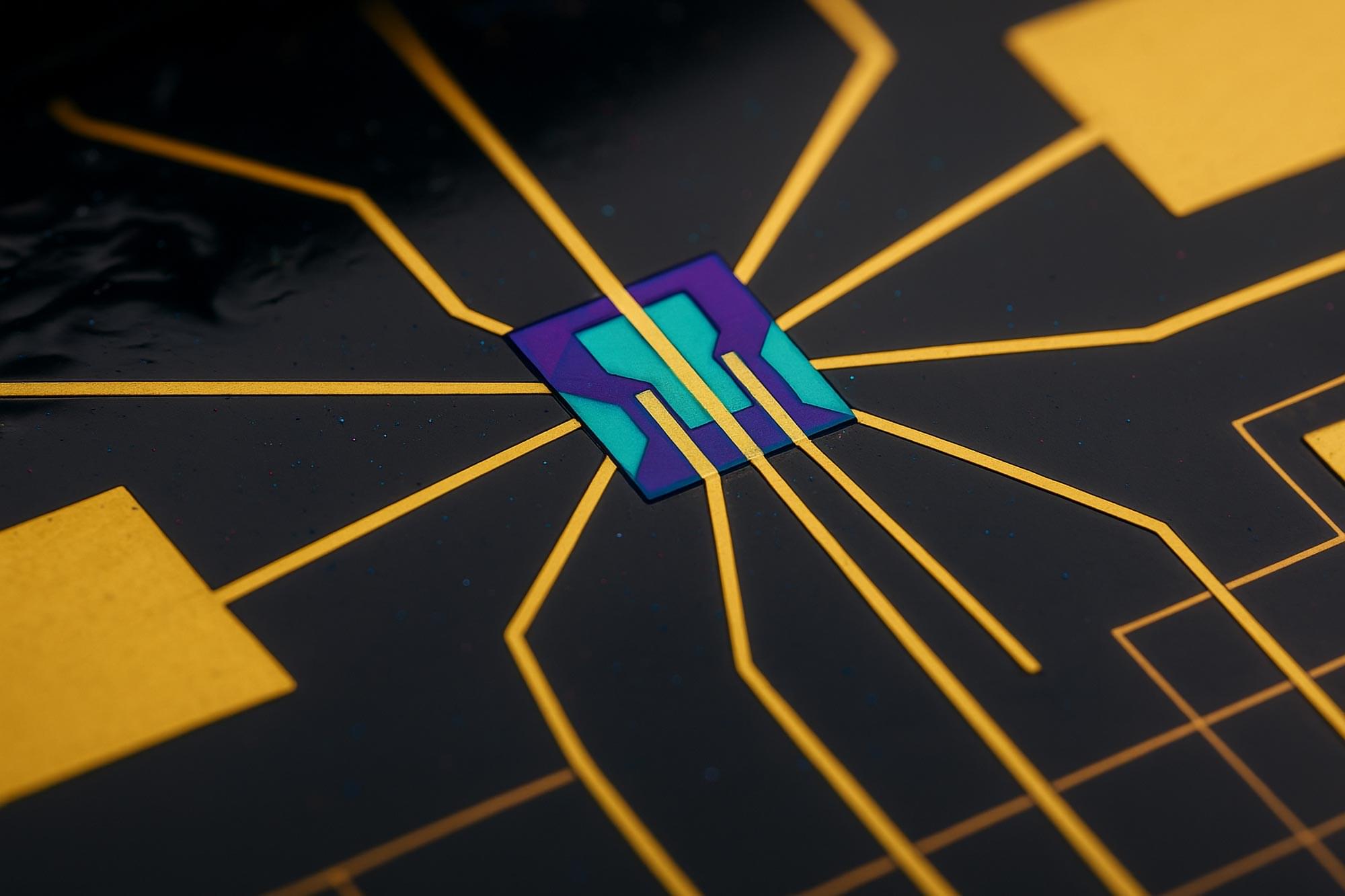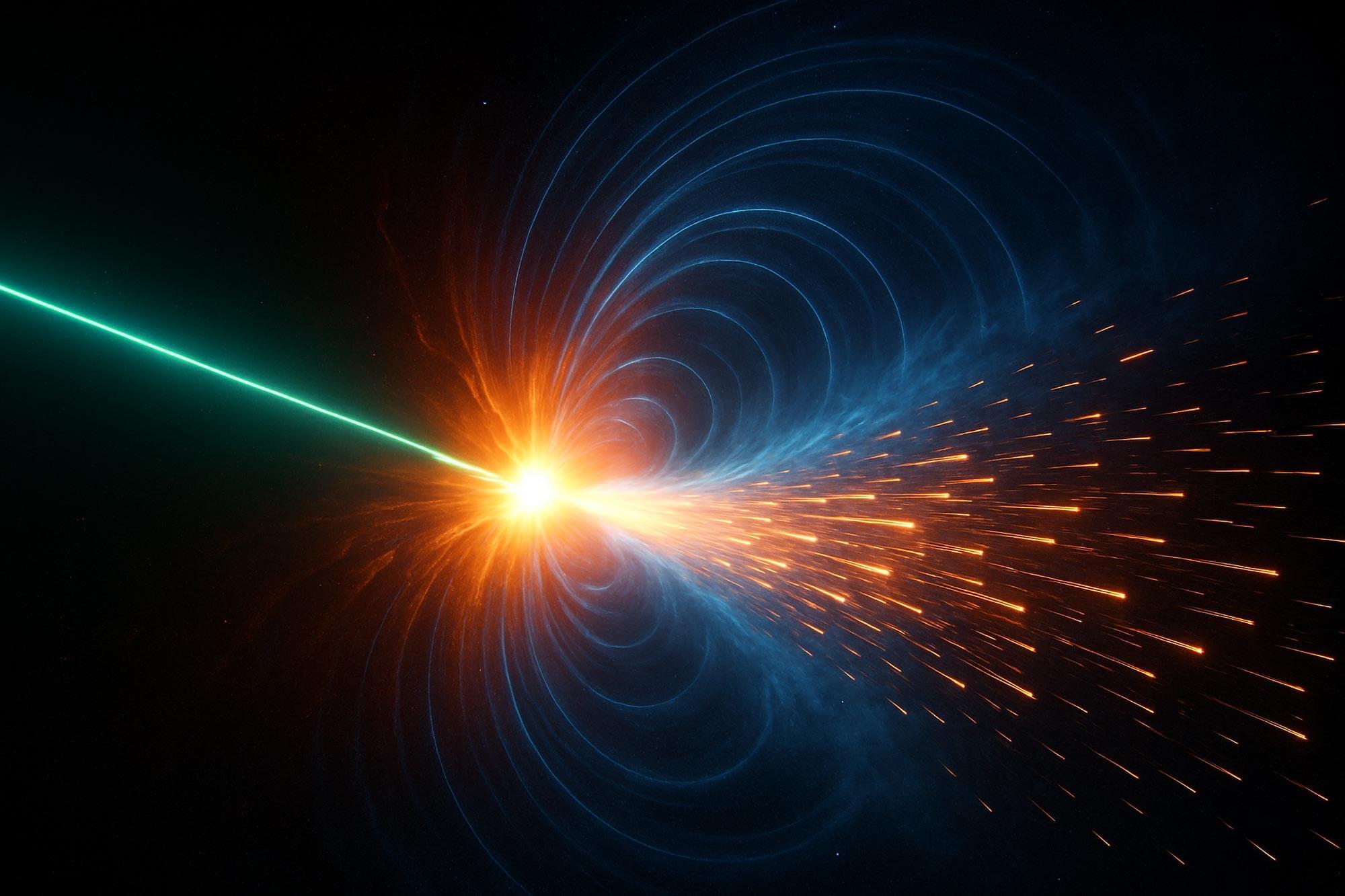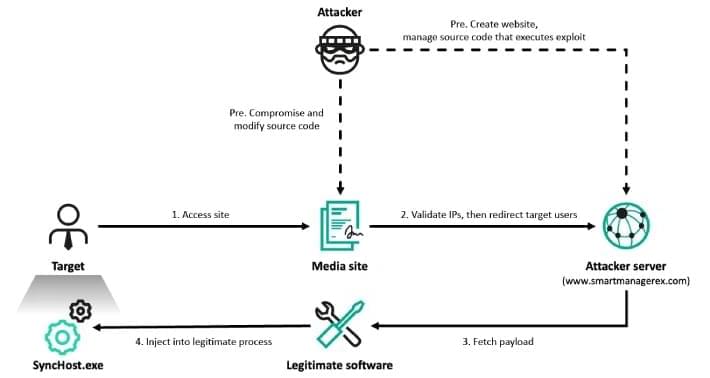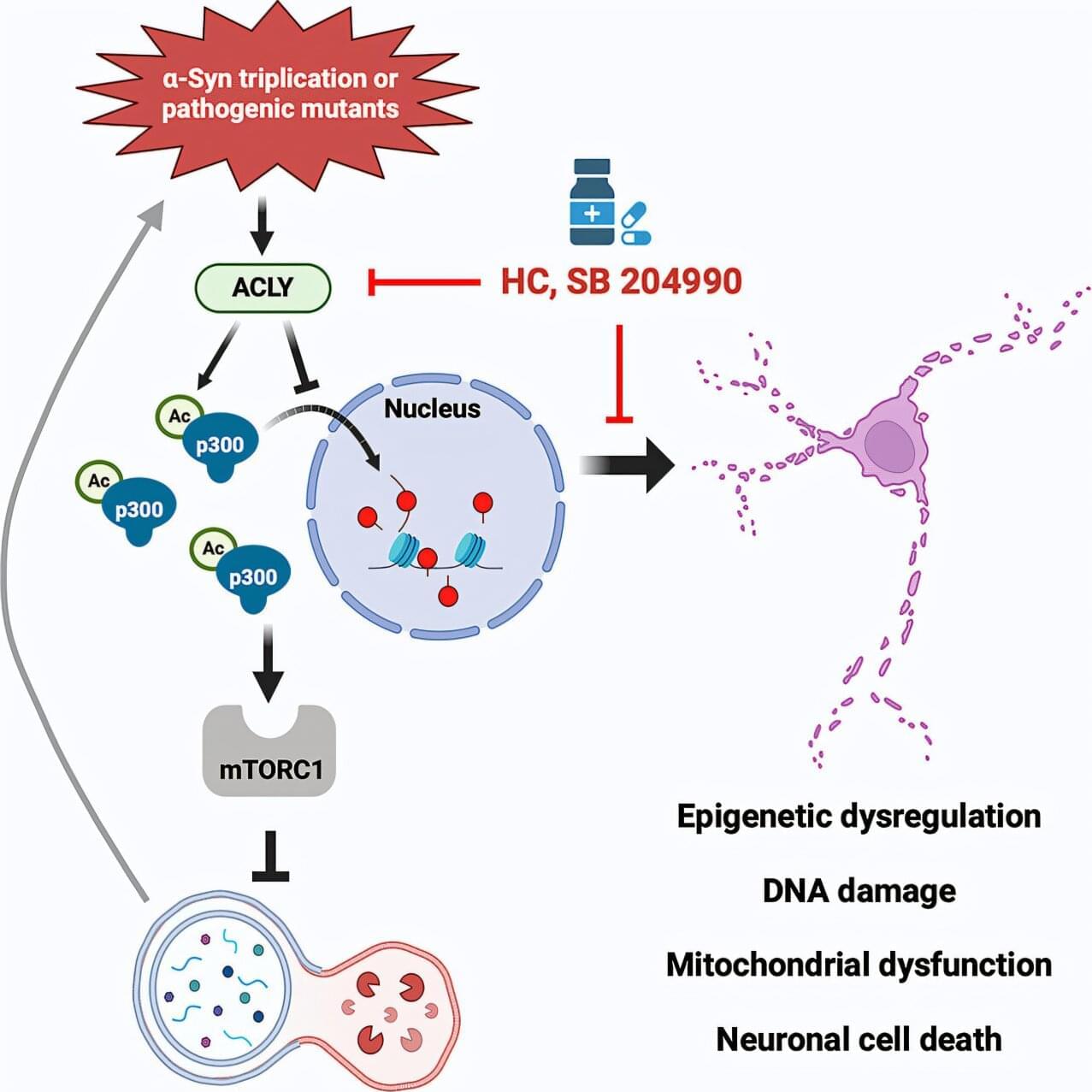RIKEN scientists have discovered how to manipulate molybdenum disulfide into acting as a superconductor, metal, semiconductor, or insulator using a specialized transistor technique.
By inserting potassium ions and adjusting conditions, they could trigger dramatic changes in the material’s electronic state—unexpectedly even turning it into a superconductor or insulator. This new level of control over a single 2D material could unlock exciting breakthroughs in next-gen electronics and superconductivity research.
Unlocking versatility in a single material.







